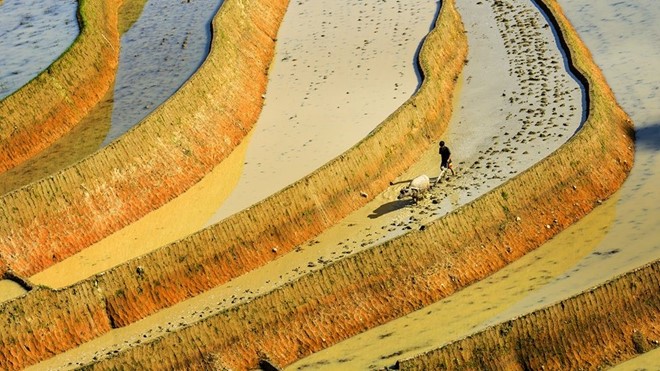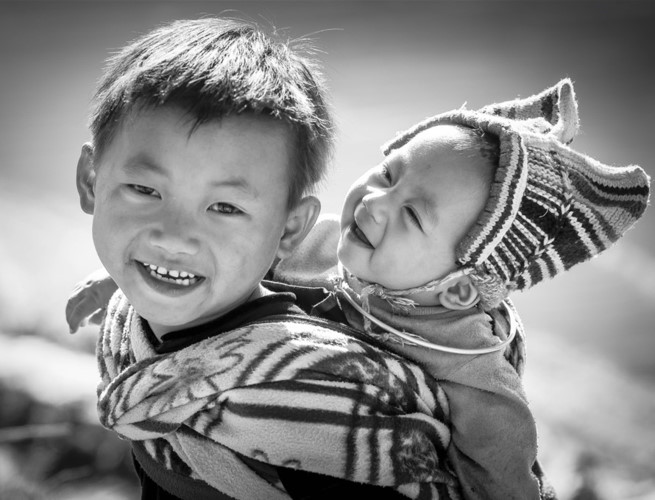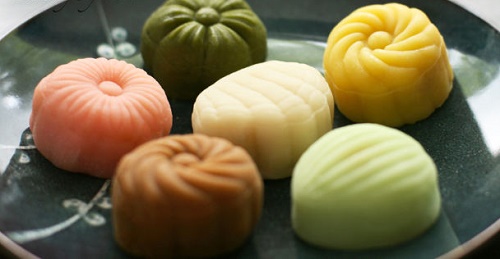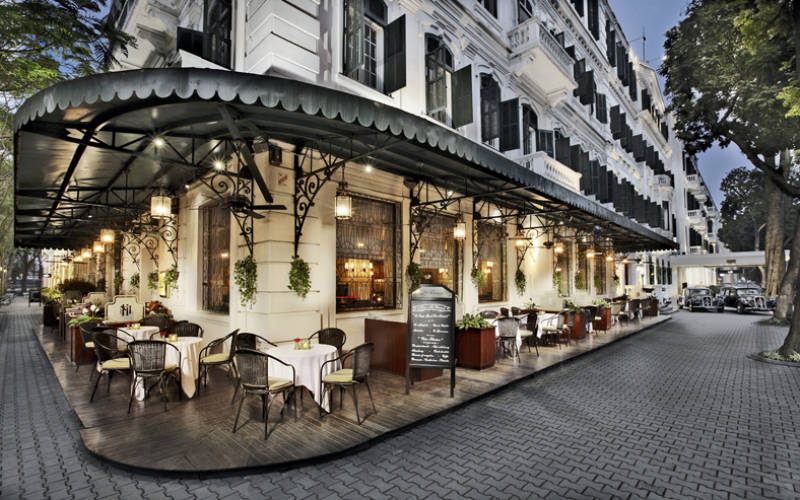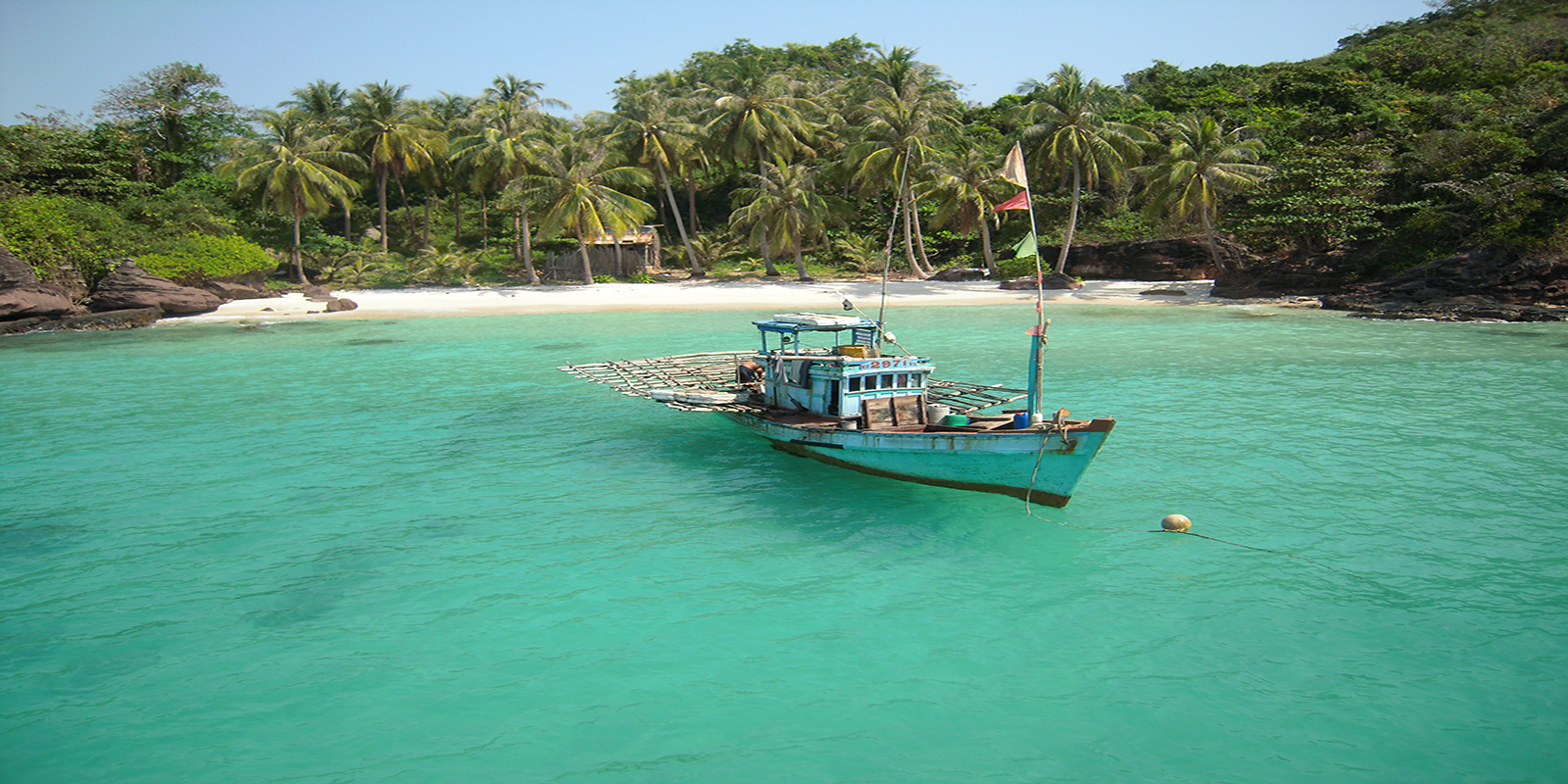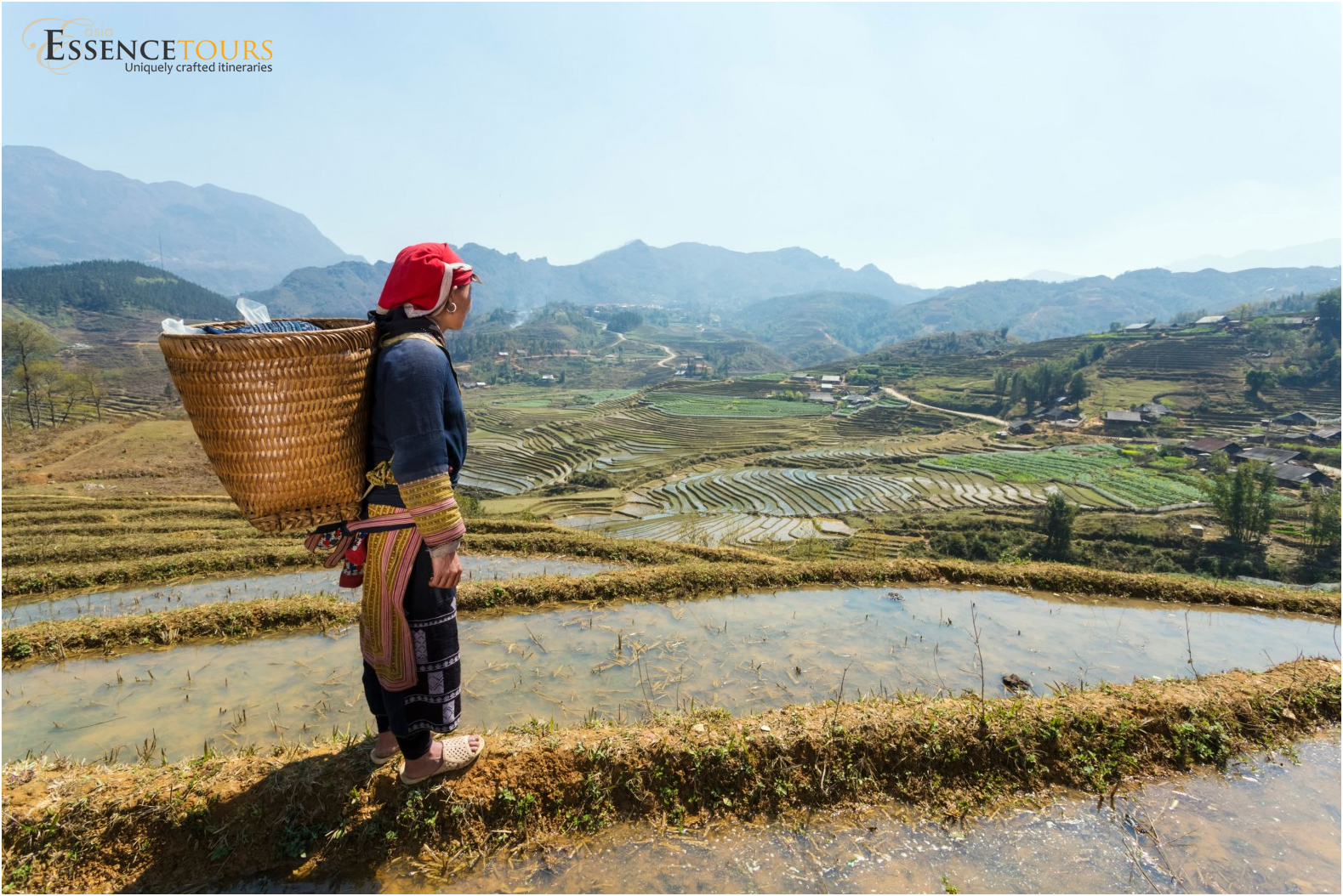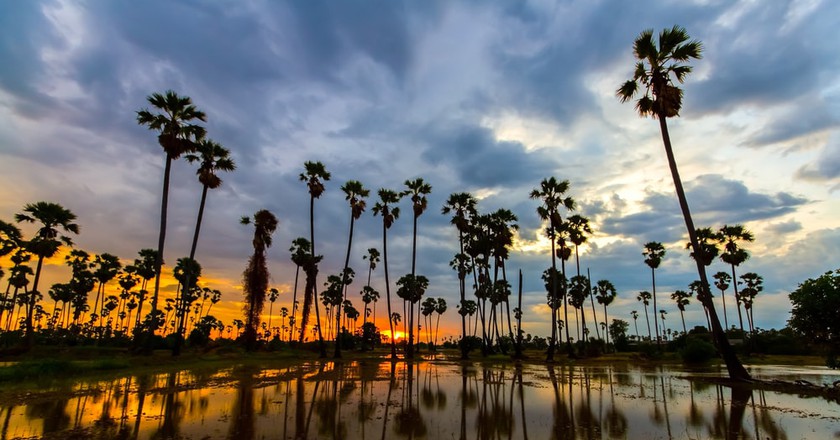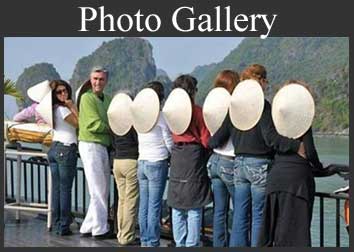Water Puppets
The origins of Water Puppets are still debated among scholars. It is considered to have come from within Vietnam, where the art is highly developed today. Nevertheless, within Vietnam, at least, this unique art has its origin in the delta of the Red river in the tenth century.
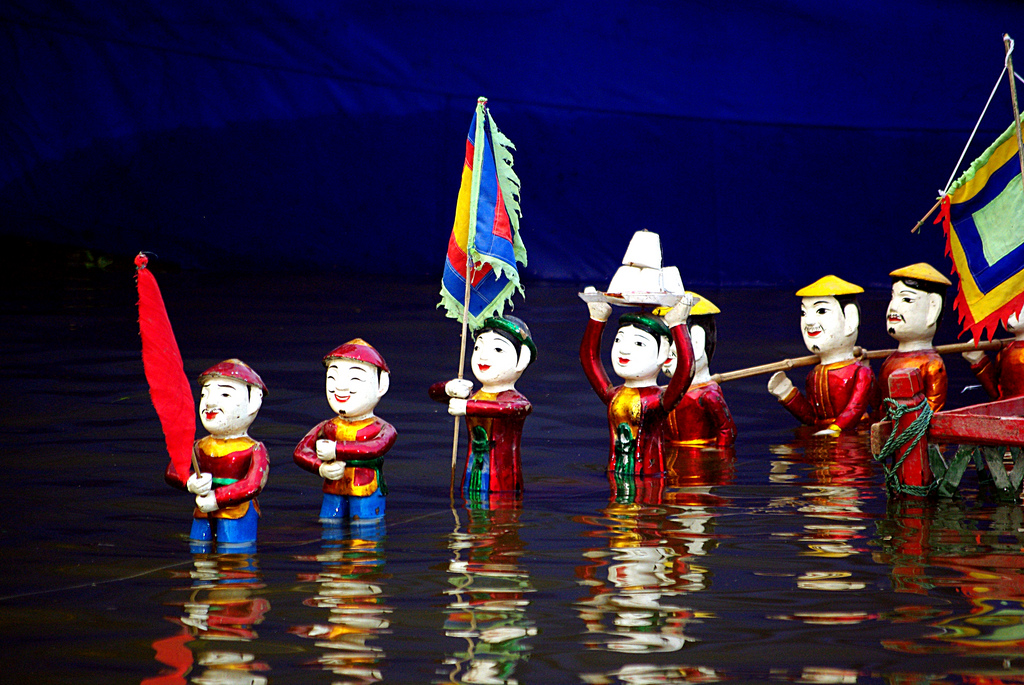
In ancient Vietnam, the rural Vietnamese believed that spirits controlled all aspect of their lives, from the kitchen to the rice paddies. The Vietnamese devised water puppetry as a way to satisfy these spirits. The farmers in this region devised a form of entertainment and worship using what natural medium they could find in their environment.
In ancient times, the ponds and flooded rice paddies after harvest were the stage for these impromptu shows.This art form is unique to North Vietnam and only finds its way to the world stage in recent years as a result of the normalized relation with the West.
Today the Thang Long puppet troupe is the most well known in Hanoi.
Performance
Modern water puppetry is performed in a pool of water 4 meters square with the water surface being the stage. Performance today occurs on one of three venues--on traditional ponds in villages where a staging area has been set up, on portable tanks built for traveling performers, or in a specialized building where a pool stage has been constructed.
Up to 8 puppeteers stand behind a split-bamboo screen, decorated to resemble a temple facade, and control the puppets using long bamboo rods and string mechanism hidden beneath the water surface. The puppets are carved out of wood and often weigh up to 15 kg.
A Vietnamese water puppet.A traditional Vietnamese orchestra provides background music accompaniment. The instrumentation includes vocals, drums, wooden bells, cymbals, horns, erhu (Chinese two-stringed fiddle), and bamboo flutes. The bamboo flute's clear, simple notes may accompany royalty while the drums and cymbals may loudly announce a fire-breathing dragon's entrance.
Singers of Cheo (a form of opera originating in north Vietnam) sing songs which tell the story being acted out by the puppets. The musicians and the puppets interact during performance; the musicians may yell a word of warning to a puppet in danger or a word of encouragement to a puppet in need.
The puppets enter from either side of the stage, or emerge from the murky depths of the water.
Spotlights and colorful flags adorn the stage and create a festive atmosphere.


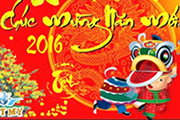

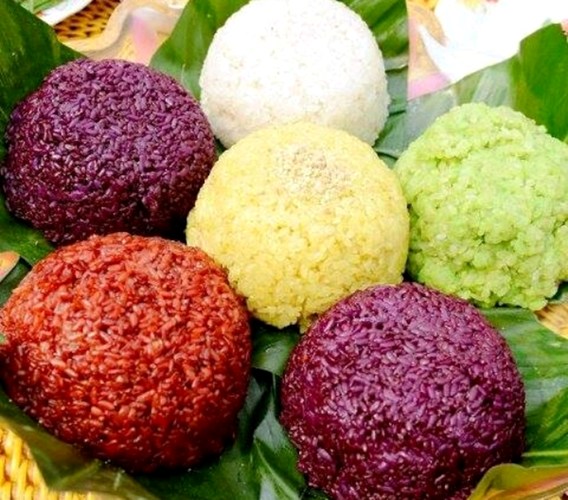
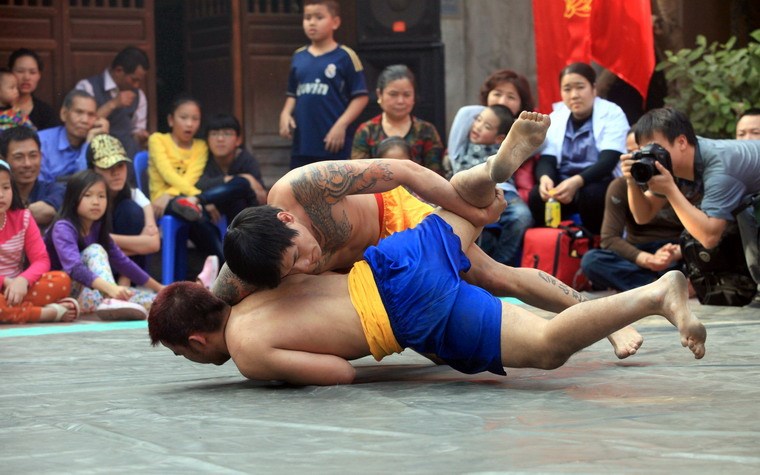

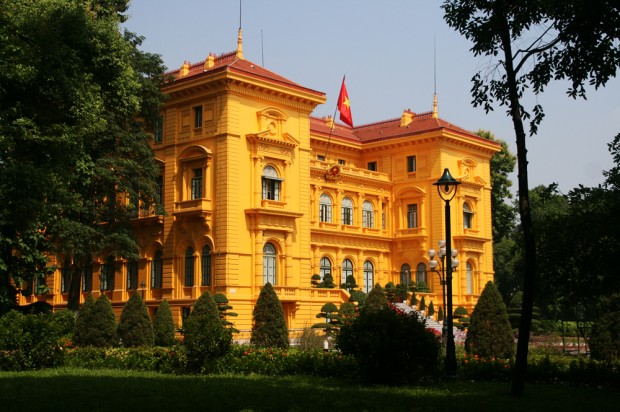
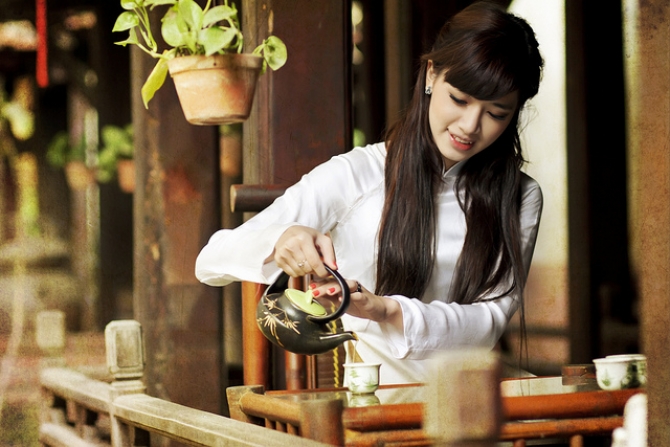

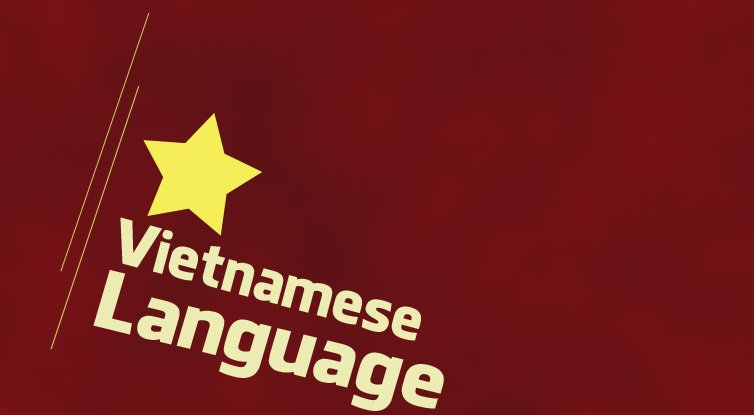
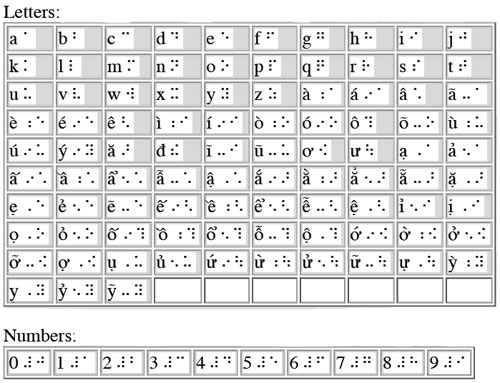
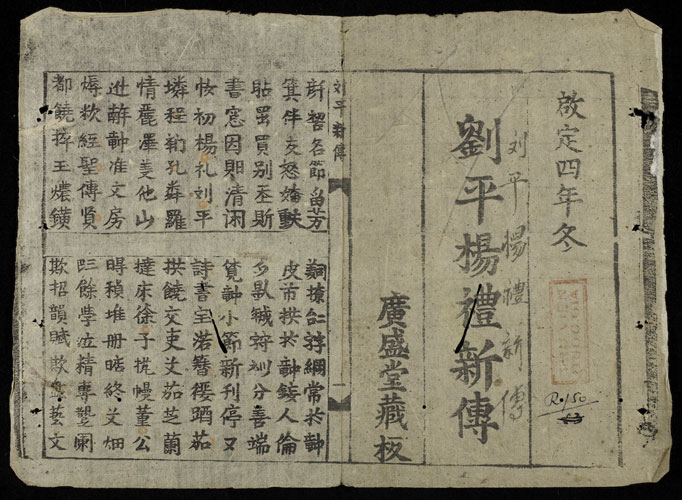
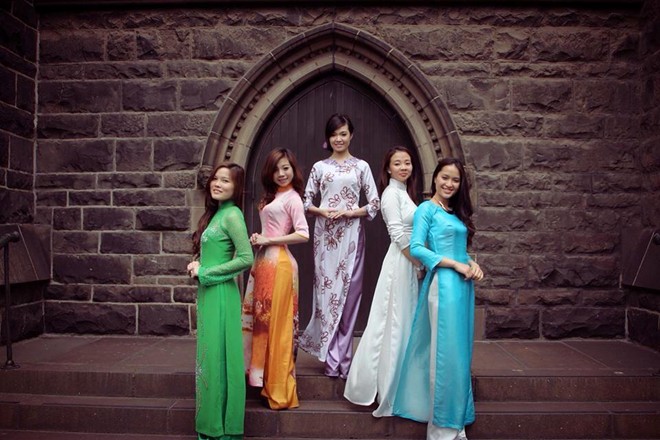

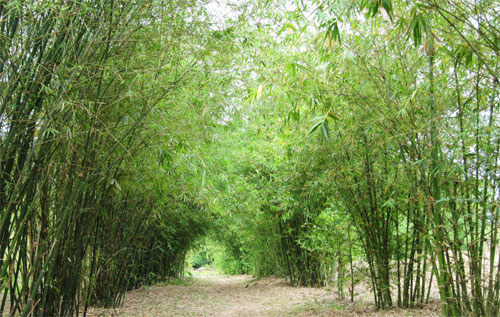
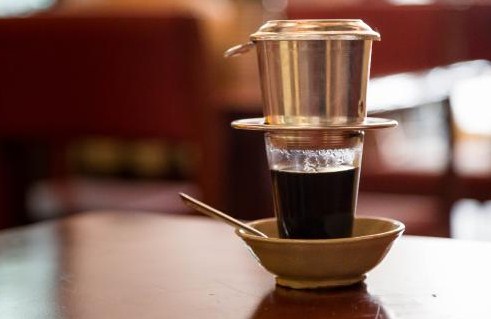
.jpg)



